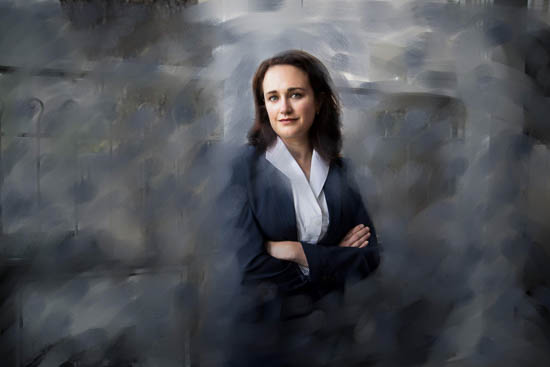
Photography has undergone a massive transformation in the last several a long time. From movie rolls and darkrooms to mirrorless cameras and AI modifying, the evolution continues to be rapid and relentless. What was the moment an analog craft now leans seriously into your digital realm, and for many photographers, this shift offers equally opportunity and problem. Those that fall short to adapt danger staying left guiding in a competitive field in which being present is vital. Comprehending how pictures has progressed is the first step in recognizing the value of being aligned with these days’s slicing-edge applications and practices.
Before, a photographer’s talent was calculated largely by their capability to get the job done with handbook settings, lighting, film styles, and Bodily prints. Acquiring pictures essential chemical awareness and access to a darkroom. Even so, electronic cameras disrupted the established order, making photography a lot more available and fewer high-priced. With the rise of DSLRs and mirrorless methods, photographers not essential movie or progress labs. Prompt graphic previews, higher ISO capabilities, and massive storage choices meant photographers could shoot much more, experiment freely, and discover more quickly. But this digital boom also introduced new difficulties—Opposition enhanced, and simply possessing an excellent camera was no longer enough to stand out.
Today, the images marketplace is deeply intertwined with know-how. AI-pushed modifying resources like Lightroom’s subject masking or Photoshop’s generative fill have redefined write-up-processing. Platforms like Skylum Luminar and Topaz Labs give sound reduction and read more picture upscaling that will are already not possible ten years in the past. Even smartphones, when mocked by professionals, now deliver substantial-resolution RAW images and present Superior features like portrait manner, night images, and true-time here HDR. The playing field has shifted drastically, and traditionalists must acknowledge that newer know-how usually boosts as opposed to diminishes the artwork of photography.
Outside of hardware and software package, technologies now dictates how photographers hook up with customers and improve their companies. Social websites platforms, Search engine marketing-optimized Web-sites, and automated reserving devices are essential for advertising and marketing and outreach. Google My Business profiles, geotagged photographs, and check here on the net reviews usually ascertain whether a consumer chooses one particular photographer around another. Specialists who continue being offline or count entirely on term-of-mouth advertising limit their exposure and prospective progress. Embracing these electronic instruments doesn’t just assistance photographers continue to be relevant—it enables them to work smarter and reach broader audiences much more effectively.
The rise of AI in images is particularly transformative. Artificial intelligence can now assess facial characteristics to automobile-correct lights, smooth pores and skin, and in some cases swap backgrounds in just one simply click. AI-driven culling software program allows photographers sift by way of A large number of photographs, choosing the right images based upon expression, sharpness, and composition. In-studio, AI-enhanced lights methods quickly alter publicity and stability dependant upon subject placement. These tools don’t exchange the photographer's creative eye—they amplify it. People that invest time in Finding out AI features achieve a aggressive edge in the two pace and quality.
In conclusion, pictures is now not just about mastering the shutter or being aware of the golden hour. It’s about adaptability. The craft happens to be get more info a dynamic combination of art, science, and engineering. Photographers who read more will be prepared to evolve—who discover new software package, spend money on smarter gear, and embrace AI and digital advertising and marketing—are improved positioned for lengthy-phrase accomplishment. Those who resist, clinging to out-of-date methods or dismissing technological trends, could quickly obtain them selves irrelevant in a quick-paced Visible environment. To remain competitive and creative, photographers should not just keep up With all the evolution of pictures—they need to direct it.